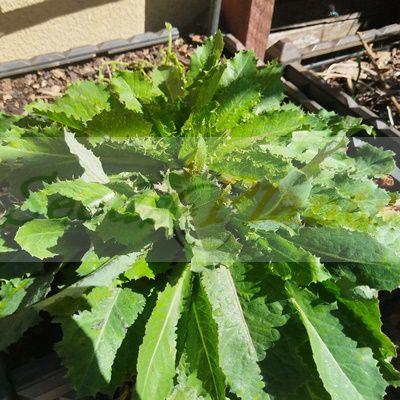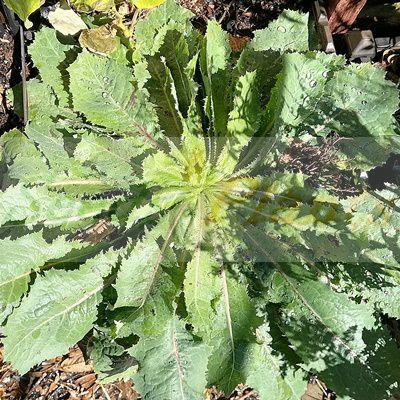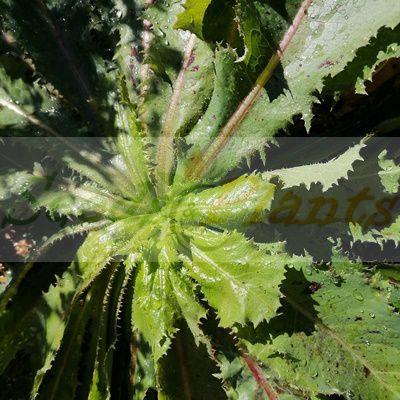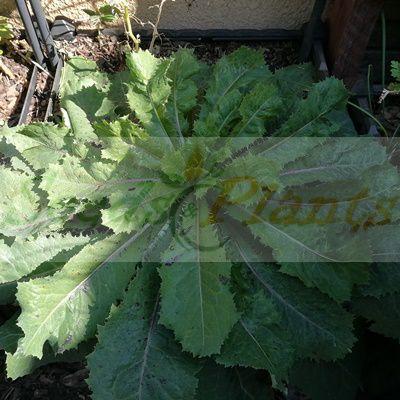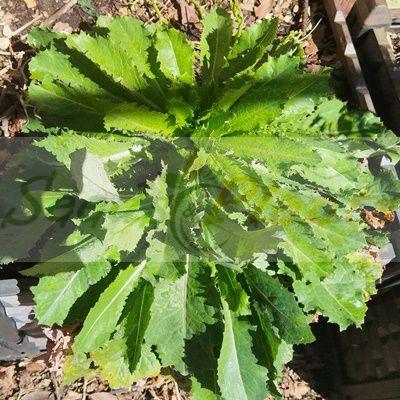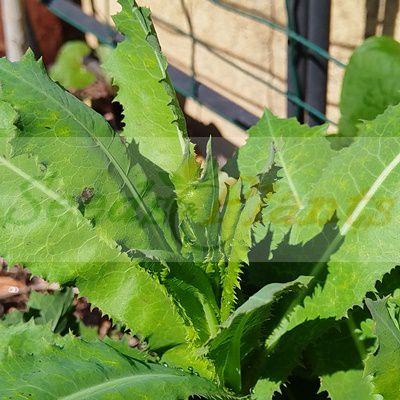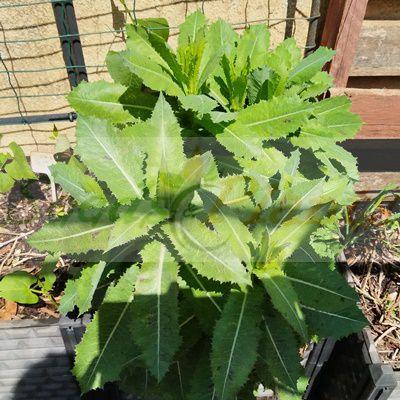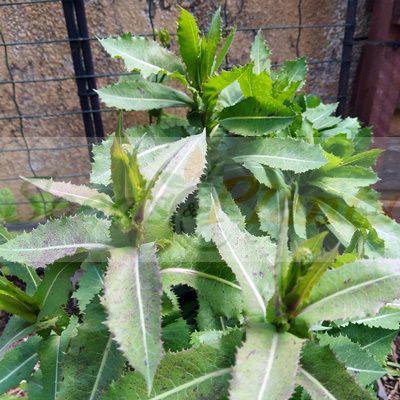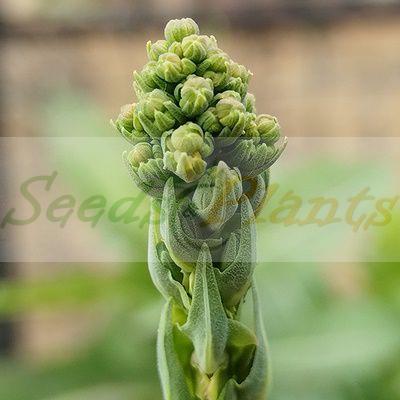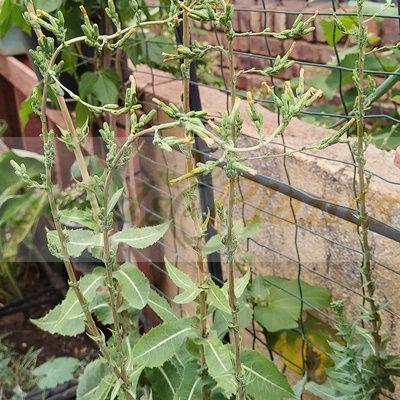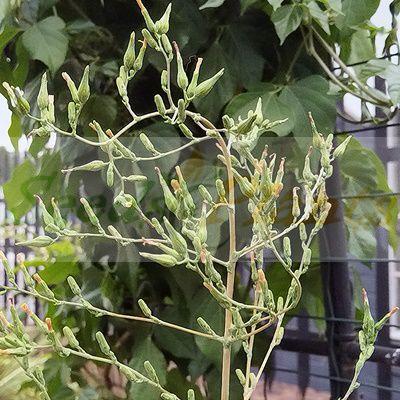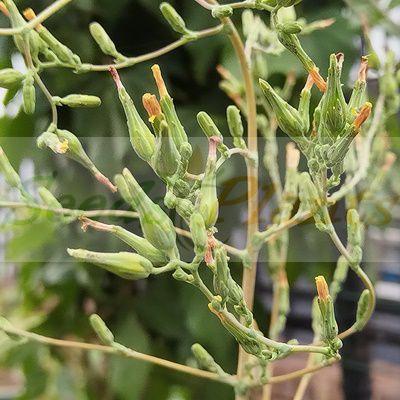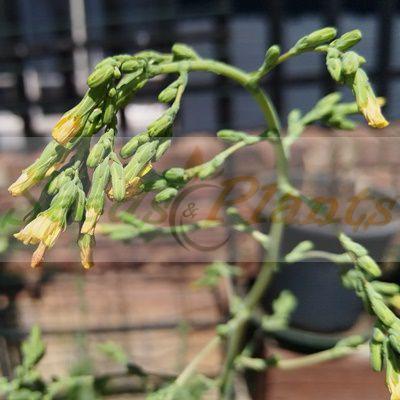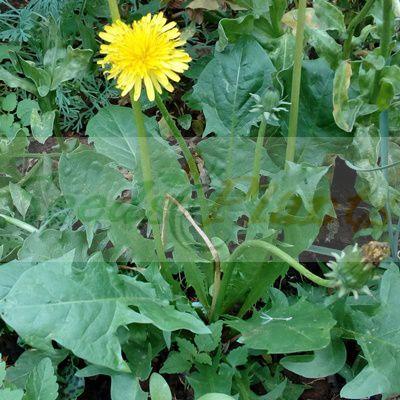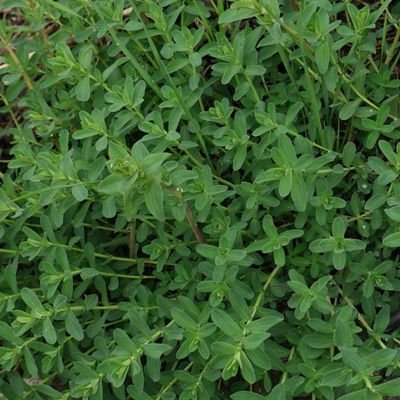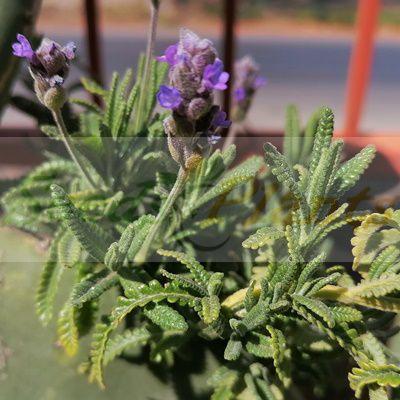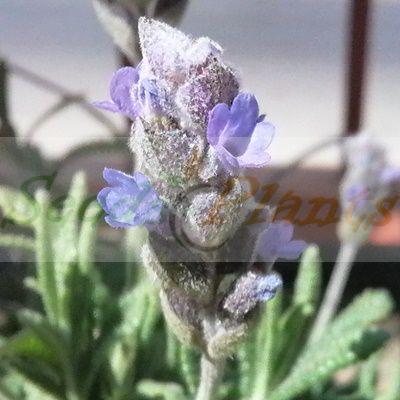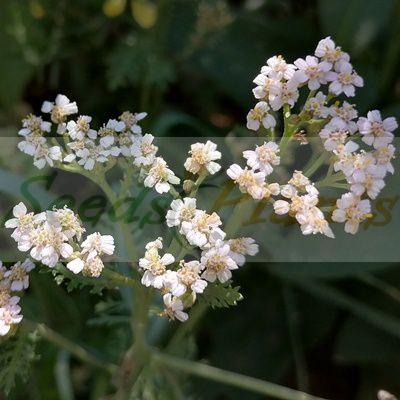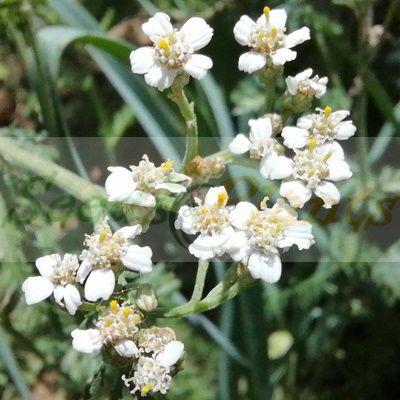🌿 Herbal Quick Facts
Medicinal Info
- 🌍 Origin / Region: Central Europe, Middle East, North Africa, Southern Europe
- 🌿 Medicinal Part: Flowering Tops, Leaf, Sap / Latex, Seed
- 🍵 Herbal Preparation: Decoction, Extract / Tincture, Infusion / Tea, Powder
- ⚕️ Healing System: European Traditional Medicine
Culinary Info
- 🍽️ Culinary Use: Salads
- 🥗 Edible Part: Leaf
- 😋 Flavor Profile: Bitter
Growth Traits
- 🌱 Life Cycle: Biennial
- 🌾 Plant Type: Herbaceous Biennial
- 🦋 Pollinator Method: Attracts Bees, Attracts Beetles, Attracts Butterflies, Attracts Wasps
- 🪴 Growth Habit: Basal Rosette, Upright
- 🌸 Flower Color: Yellow
Growing Requirements
- 🌞 Sun Exposure: Full Sun, Partial Shade
- 💧 Water Needs: Avoid Overwatering, Moderate Water
- ☀️ Growing Conditions: Cold Tolerant, Frost Tolerant, Heat Tolerant, Moderately Drought Tolerant
- 🟤 Soil Preference: Tolerant of most soils, Well-Drained
Wild Lettuce – 20 Seeds
(Lactuca virosa)
R30.00
The Wild Lettuce leaves, sap (latex), and seeds, have been used for centuries to make medicine.
Common Names: Bitter lettuce, Prickly lettuce and Opium lettuce.
Seed Type: Organic – Harvested from our own plants.
Indoor Sowing: Not recommended
Direct Sowing: Mid Autumn to Late Autumn
Only 1 left in stock
🌿 Herbal Quick Facts
Medicinal Info
- 🌍 Origin / Region: Central Europe, Middle East, North Africa, Southern Europe
- 🌿 Medicinal Part: Flowering Tops, Leaf, Sap / Latex, Seed
- 🍵 Herbal Preparation: Decoction, Extract / Tincture, Infusion / Tea, Powder
- ⚕️ Healing System: European Traditional Medicine
Culinary Info
- 🍽️ Culinary Use: Salads
- 🥗 Edible Part: Leaf
- 😋 Flavor Profile: Bitter
Growth Traits
- 🌱 Life Cycle: Biennial
- 🌾 Plant Type: Herbaceous Biennial
- 🦋 Pollinator Method: Attracts Bees, Attracts Beetles, Attracts Butterflies, Attracts Wasps
- 🪴 Growth Habit: Basal Rosette, Upright
- 🌸 Flower Color: Yellow
Growing Requirements
- 🌞 Sun Exposure: Full Sun, Partial Shade
- 💧 Water Needs: Avoid Overwatering, Moderate Water
- ☀️ Growing Conditions: Cold Tolerant, Frost Tolerant, Heat Tolerant, Moderately Drought Tolerant
- 🟤 Soil Preference: Tolerant of most soils, Well-Drained
Wild Lettuce (Lactuca virosa), also known as Bitter lettuce, Prickly lettuce, and Opium lettuce, thrives in grassy fields and along riverbanks in full sun and can grow up to two meters in height. It is a biennial plant that belongs to the Asteraceae or sunflower family and is native to Europe, the Middle East, and North Africa.
During the first year of growth, the plant sets out a rosette of leaves. During the second year, multiple rosettes are formed, with a central flowering stalk growing from each rosette. The plant produces small yellow blossoms, with multiple flowers occurring on each flowering stalk. The dark green leaves average 15-45 centimeters in length, are oblong, elongated, smooth, and the margins vary from a smooth edge to deeply lobed with a prominent central vein.
When scratched or cut, the plant will secrete latex which is a white, milky substance. The plant produces small yellow blossoms, with multiple flowers occurring on each plant. The leaves are edible, but Wild lettuce is primarily used for medicinal purposes and a mild sedative called lactucarium is derived from the milky latex of its stem. Lactucarium contains lactucin and lactucopicrin. They are bitter substances that act on the central nervous system to produce pain-relieving and sedative effects.
Wild Lettuce Culinary Uses:
- It is best suited for both raw and cooked applications, but caution should be taken as the leaves may have toxic effects when consumed raw.
- Young Wild lettuce leaves can be used raw in salads or layered in sandwiches or wraps.
- Mature leaves are tough and should be cooked to tenderize and to remove harsh astringents.
Wild Lettuce Medicinal Benefits
The leaves, sap (latex), and seed have been used for centuries to make medicine. It may help in the treatment of:
- Pain relief
- Anxiety
- Respiratory conditions
- Menstrual cramps
- Arthritis
- Cancer
- Insomnia
- Poor circulation
- Restlessness
- Urinary infections
CAUTION: Because animal studies indicate that wild lettuce extract may have sedative properties, anyone taking sedatives should avoid wild lettuce supplements. Additionally, ingesting wild lettuce may cause hallucinations, which can be dangerous.
Growing Wild Lettuce
Indoor Sowing: Not recommended
Direct Sowing: Mid Autumn to Late Autumn
- The seeds will only germinate when temperatures are cool, but not freezing, so it is best to sow the seeds in Mid Autumn to Late Autumn.
- Sow the seeds in pots outdoors or directly in garden beds.
- Barely cover the seed with soil and tamp the soil down well.
- Keep the pots in a cool spot and keep the soil evenly moist until germination, which takes about 20 days.
- Transplant seedlings once big enough or if you planted the seeds in garden beds, then thin them to 20cm apart.
- Can be grown successfully in containers.
Can this plant be used for culinary purposes?
Wild Lettuce is traditionally used for culinary purposes such as salads.
Does this plant have medicinal uses?
Traditionally, Wild Lettuce has a history of use in European Traditional Medicine. Seeds are sold for cultivation purposes only.
Disclaimer
Medicinal Information:
All medicinal information on this website is for educational and informational purposes only and may not be construed as medical advice. The information is not intended to replace medical advice or treatment offered by healthcare professionals.
Seeds, Plants, Plant Cuttings, Geophytes and Dried Herbs:
In some countries and provinces, certain plants are deemed as invasive and are not allowed to be planted at all, whilst some plants are allowed to be grown only in certain areas or provinces. The onus is on you as the buyer to familiarize yourself with the regulations pertaining to your location, before purchasing any of our seeds, plants, plant cuttings, geophytes or dried herbs. We will not be held liable, should you purchase any seeds, plants, plant cuttings, geophytes or dried herbs. from us which are prohibited in your country or province.



